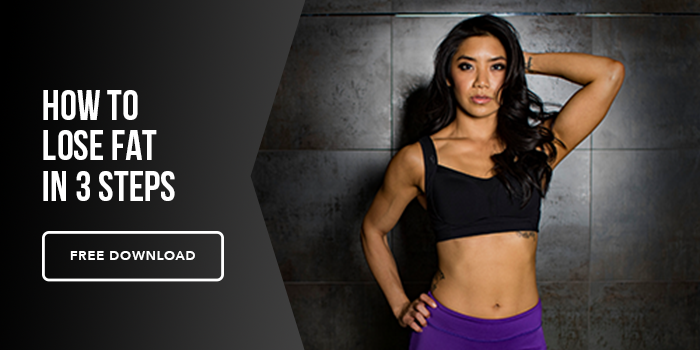10,000 steps a day has become this standard goal that many know as the benchmark for staying healthy. When you look at the research, that wasn’t based on any hard data or the average person. It was just an initial benchmark. What it does provide, however, is a new way of approaching health and wellness and demonstrating life beyond the gym.
Sustainability
One of the key things to keep in mind is that no matter what type of fitness journey you take on, cardio is important. Whether it be gaining muscle or losing fat. We should all be including some form of cardio. The thing is, it doesn’t have to be running on a treadmill. What I love about aiming for a step count is that it is easy to track, and it shows you there are many ways to keep your cardiovascular system up and healthy.
For example, instead of always doing 30 minutes in the gym, why not go for a 10-minute walk after each meal? That will not only help with digestion, but will also spread out your movement throughout the day so you aren’t sedentary all day. Find new hobbies you enjoy. Do you play recreational sports? This all counts towards your steps and building up your heart. If you sit at a desk all day, find breaks throughout the day to go for a walk. I have some clients take 10-minute walks during lunch, or take their phone calls outside to walk. This allows you to stay productive and not interfere with your day.
How Many Steps?
It doesn’t have to be 10,000 to start. What’s great about step count is every phone tracks your steps, and if it doesn’t, you can buy a relatively cheap step counting watch to track it. Find out what your average step count is. Even if it’s 5,000 steps. Start by adding 2,000 more from whatever the average is. This will allow you to have an easy starting point to build the habit. If you do too much too soon (like aiming straight for 10,000 when you are barely walking), then you are risking never hitting your goal and getting frustrated. The easier the goal, the more likely you will stick with it. Once you hit 2,000 more from where you started, maintain that for a while until it’s second nature. Then try 2,000 more steps. See if you can build it up to 10,000 and then reassess. Some people may find they can keep going, while most will enjoy hovering around that benchmark.
Again, the goal isn’t to get as many steps as possible. It’s to build up your base so you are consciously making the effort to get more movement throughout the day. From there, you are then continually progressing (much like lifting weights) to challenge your body and keep yourself active. The aim here is awareness and control of your health, and knowing what makes your body and your mind feel good.






